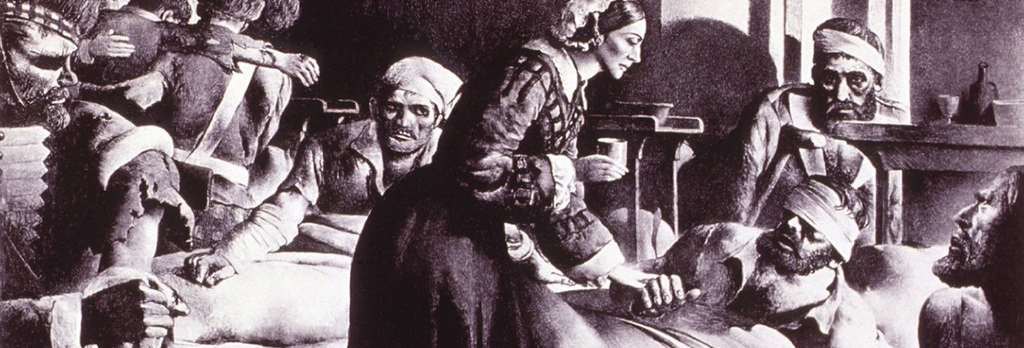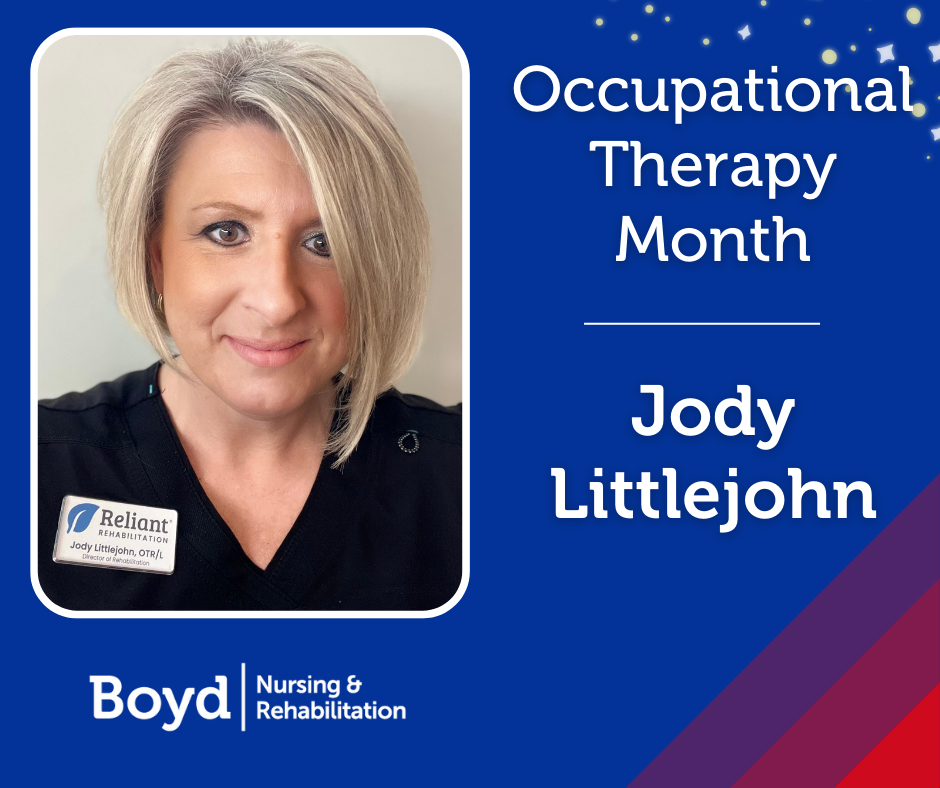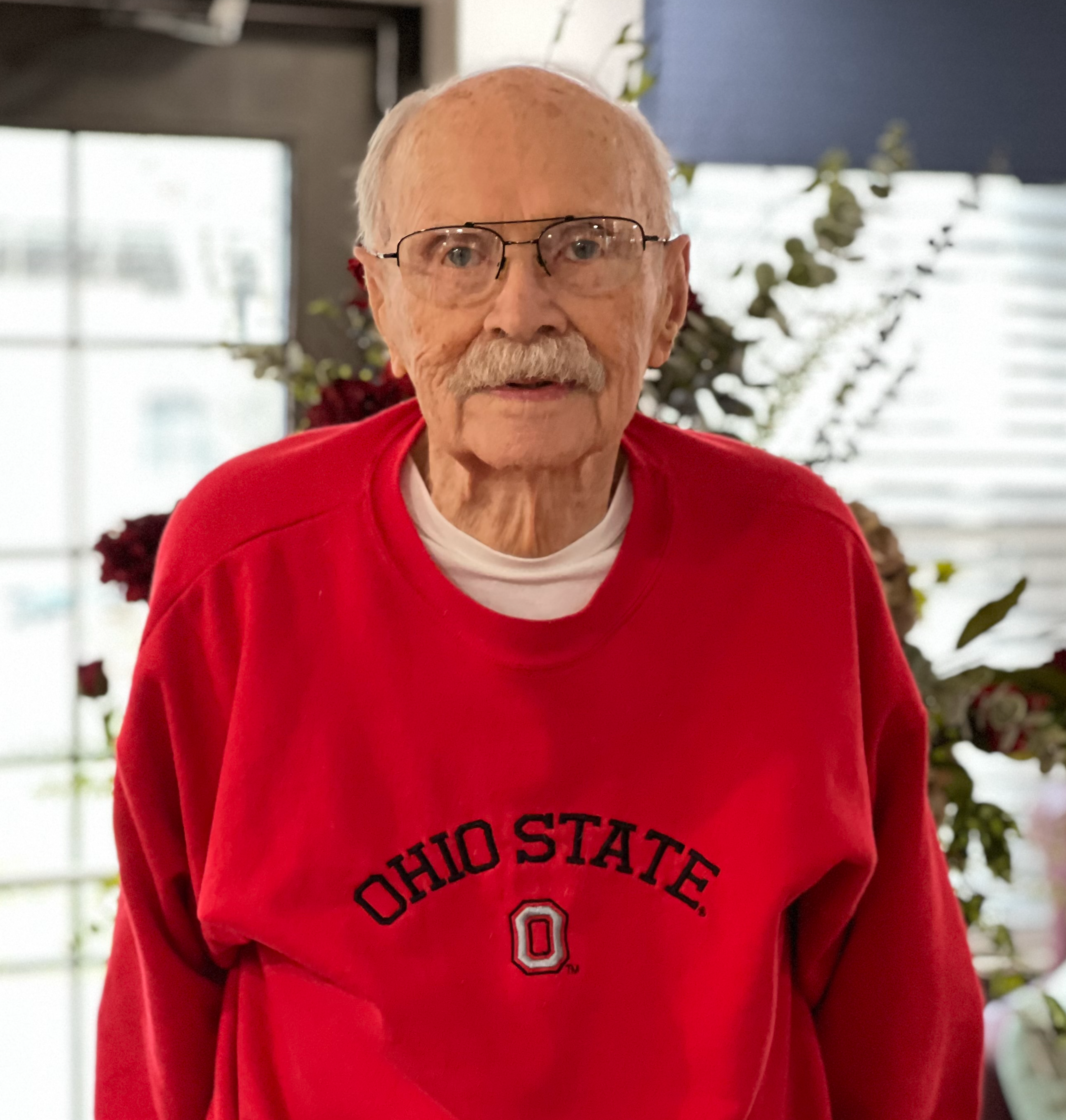Background
Residents in nursing homes are at increased risk of becoming colonized and developing infection with MDROs [2]. As described further in Consideration for the Use of Enhanced Barrier Precautions in Skilled Nursing Facilities [PDF – 9 pages], more than 50% of nursing home residents may be colonized with an MDRO, nursing homes have been the setting for MDRO outbreaks, and when these MDROs result in resident infections, limited treatment options are available [1-9]. Implementation of Contact Precautions, as described in the CDC Guideline for Isolation Precautions, is perceived to create challenges for nursing homes trying to balance the use of PPE and room restriction to prevent MDRO transmission with residents’ quality of life. Thus, many nursing homes only implement Contact Precautions when residents are infected with an MDRO and on treatment.
Focusing only on residents with active infection fails to address the continued risk of transmission from residents with MDRO colonization, who by definition have no symptoms of illness. MDRO colonization may persist for long periods of time (e.g., months) [10] which contributes to the silent spread of MDROs.
With the need for an effective response to the detection of serious antibiotic resistance threats, there is growing evidence that the traditional implementation of Contact Precautions in nursing homes is not implementable for most residents for prevention of MDRO transmission.
This document is intended to provide guidance for PPE use and room restriction in nursing homes for preventing transmission of MDROs, including as part of a public health response. For the purposes of this guidance, the MDROs for which the use of EBP applies are based on local epidemiology. At a minimum, they should include resistant organisms targeted by CDC but can also include other epidemiologically important MDROs [9, 10].
Examples of MDROs Targeted by CDC include:
- Pan-resistant organisms,
- Carbapenemase-producing carbapenem-resistant Enterobacterales,
- Carbapenemase-producing carbapenem-resistant Pseudomonas spp.,
- Carbapenemase-producing carbapenem-resistant Acinetobacter baumannii, and
- Candida auris
Additional epidemiologically important MDROs may include, but are not limited to:
- Methicillin-resistant Staphylococcus aureus (MRSA),
- ESBL-producing Enterobacterales,
- Vancomycin-resistant Enterococci (VRE),
- Multidrug-resistant Pseudomonas aeruginosa,
- Drug-resistant Streptococcus pneumoniae
This document is not intended for use in acute care or long-term acute care hospitals and does not replace existing guidance regarding use of Contact Precautions for other pathogens (e.g., Clostridioides difficile, norovirus) in nursing homes.
Description of Precautions
Standard Precautions are a group of infection prevention practices that apply to the care of all residents, regardless of suspected or confirmed infection or colonization status. They are based on the principle that all blood, body fluids, secretions, and excretions (except sweat) may contain transmissible infectious agents. Proper selection and use of PPE, such as gowns and gloves, is one component of Standard Precautions, along with hand hygiene, safe injection practices, respiratory hygiene and cough etiquette, environmental cleaning and disinfection, and reprocessing of reusable medical equipment. Use of PPE is based on the staff interaction with residents and the potential for exposure to blood, body fluids, or pathogens (e.g., gloves are worn when contact with blood, body fluids, mucous membranes, non-intact skin, or potentially contaminated surfaces or equipment are anticipated). More detail about Standard Precautions is available as part of the Core Infection Prevention and Control Practices for Safe Healthcare Delivery in all Settings.
Contact Precautions are one type of Transmission-Based Precaution that are used when pathogen transmission is not completely interrupted by Standard Precautions alone. Contact Precautions are intended to prevent transmission of infectious agents, like MDROs, that are spread by direct or indirect contact with the resident or the resident’s environment.
Contact Precautions require the use of gown and gloves on every entry into a resident’s room. The resident is given dedicated equipment (e.g., stethoscope and blood pressure cuff) and is placed into a private room. When private rooms are not available, some residents (e.g., residents with the same pathogen) may be cohorted, or grouped together. Residents on Contact Precautions should be restricted to their rooms except for medically necessary care and restricted from participation in group activities.
Because Contact Precautions require room restriction, they are generally intended to be time limited and, when implemented, should include a plan for discontinuation or de-escalation.
More detail about Transmission-Based Precautions, including descriptions of Droplet Precautions and Airborne Precautions are available in the CDC Guideline for Isolation Precautions. In addition, other infections (e.g. norovirus, C. difficile, and scabies) and conditions for which Contact Precautions are indicated are summarized in Appendix A – Type and Duration of Precautions Recommended for Selected Infections and Conditions of the guideline.
Enhanced Barrier Precautions expand the use of PPE and refer to the use of gown and gloves during high-contact resident care activities that provide opportunities for transfer of MDROs to staff hands and clothing [11-15]. MDROs may be indirectly transferred from resident-to-resident during these high-contact care activities. Nursing home residents with wounds and indwelling medical devices are at especially high risk of both acquisition of and colonization with MDROs [3,5,6]. The use of gown and gloves for high-contact resident care activities is indicated, when Contact Precautions do not otherwise apply, for nursing home residents with wounds and/or indwelling medical devices regardless of MDRO colonization as well as for residents with MDRO infection or colonization.
Examples of high-contact resident care activities requiring gown and glove use for Enhanced Barrier Precautions include:
- Dressing
- Bathing/showering
- Transferring
- Providing hygiene
- Changing linens
- Changing briefs or assisting with toileting
- Device care or use: central line, urinary catheter, feeding tube, tracheostomy/ventilator
- Wound care: any skin opening requiring a dressing
In general, gown and gloves would not be required for resident care activities other than those listed above, unless otherwise necessary for adherence to Standard Precautions. Residents are not restricted to their rooms or limited from participation in group activities. Because Enhanced Barrier Precautions do not impose the same activity and room placement restrictions as Contact Precautions, they are intended to be in place for the duration of a resident’s stay in the facility or until resolution of the wound or discontinuation of the indwelling medical device that placed them at higher risk.
Implementation
When implementing Contact Precautions or Enhanced Barrier Precautions, it is critical to ensure that staff have awareness of the facility’s expectations about hand hygiene and gown/glove use, initial and refresher training, and access to appropriate supplies. To accomplish this:
- Post clear signage on the door or wall outside of the resident room indicating the type of Precautions and required PPE (e.g., gown and gloves)
- For Enhanced Barrier Precautions, signage should also clearly indicate the high-contact resident care activities that require the use of gown and gloves
- Make PPE, including gowns and gloves, available immediately outside of the resident room
- Ensure access to alcohol-based hand rub in every resident room (ideally both inside and outside of the room)
- Position a trash can inside the resident room and near the exit for discarding PPE after removal, prior to exit of the room or before providing care for another resident in the same room
- Incorporate periodic monitoring and assessment of adherence to determine the need for additional training and education
- Provide education to residents and visitors
Note: Prevention of MDRO transmission in nursing homes requires more than just proper use of PPE and room restriction. Guidance on implementing other recommended infection prevention practices (e.g., hand hygiene, environmental cleaning, proper handling of wounds, indwelling medical devices, and resident care equipment) are available in CDC’s free online course — The Nursing Home Infection Preventionist Training. Nursing homes are encouraged to have staff review relevant modules and to use the resources provided in the training (e.g., policy and procedure templates, checklists) to assess and improve practices in their facility.
To learn more, please visit https://www.cdc.gov/hai/containment/PPE-Nursing-Homes.html.











